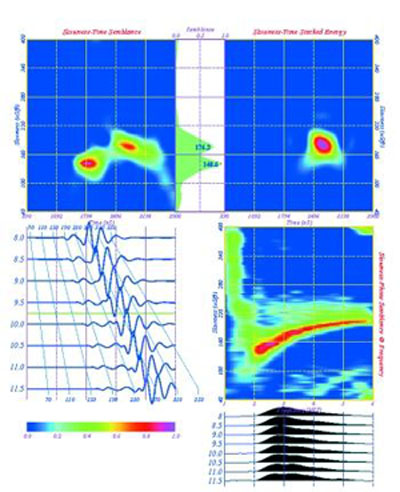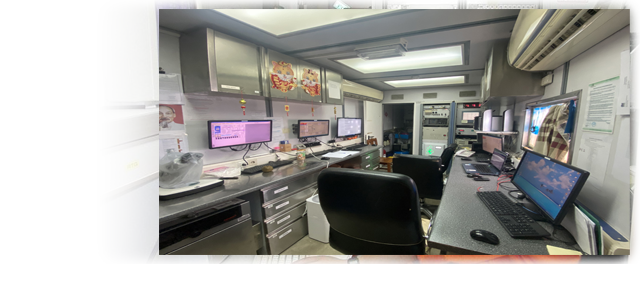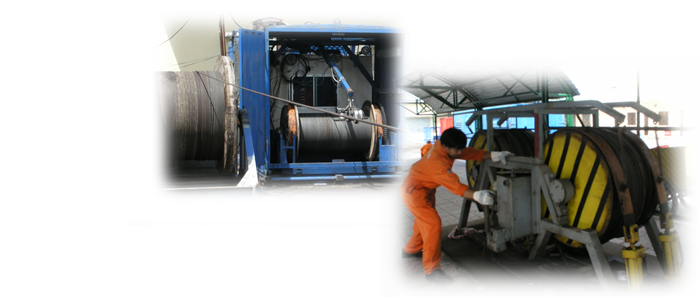L&TD
LOGGING & TESTING DIVISION

WaveSonic Log
|
WAVE SONIC - Halliburton's Third Generation Ultra-Reliable, Crossed Dipole Sonic Tool THE BETTER KEY TO FRACTURE RESERVOIR EVALUATION |
 |
Tool specification
Halliburton's WaveSonic crossed dipole sonic tool makes it easy to determine fast and slow shear wave travel times and their orientation in the formation. With the WaveSonic, you can even calculate minimum and maximum principal stresses and stress field orientation by combining oriented slowness data with overburden and pore pressure data. This information is vital for mechanical analysis, wellbore stability and production enhancement treatment design. Sonic anisotropy and the orientation of the anisotropy can be used to determine the orientation of natural fractures. Sonic attributes such as P wave slowness, fast and slow shear wave travel time, identification of compressive fluids in the pore space, and anisotropy orientation allow for better 3 D seismic analysis. |
 |
This is an example of a semblance diagnostic plot of the waveform data from the eight waveforms. In the circle is a section of a WaveSonic log showing Monopole P wave slowness and semblance quality monopole refracted Shear wave |
| The Product of Superior Technology
Halliburton’s WaveSonic tool service provides simultaneous monopole and crossed dipole sonic information. P‑wave and S‑wave slowness can be obtained in formation conditions ranging from poorly consolidated high porosity gas saturated sandstones to low porosity carbonates. The flexural wave energy is propagated from a low frequency on‑depth crossed dipole bender‑bar source. The low frequency flexural wave travels at the true shear slowness of the formation. As a result, dispersion corrections for shear have slowness are not required. A low frequency monopole source is utilized, so the P‑wave and flexural wave data have similar depths of investigations well beyond any near wellbore alteration. Other benefits include:
- No need for dispersion corrections for slowness determination. ‑ No depth shifting of waveform data for anisotropy analysis.
|













